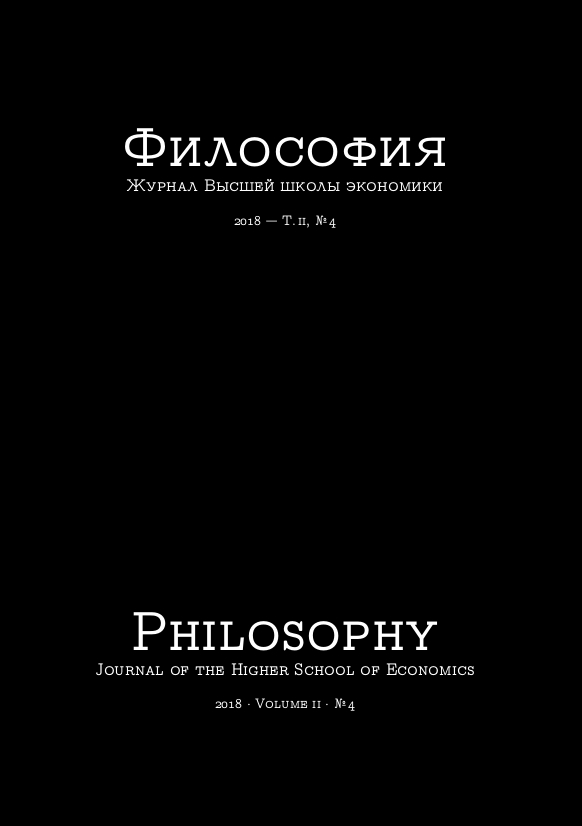Symbol and Knowledge
“Absolute Infinity” in Georg Cantor and Pavel Florensky’s Works
Abstract
In 1904, Pavel Florensky who have been influenced by Cantor's ideas, wrote “On the symbols of infinity.” In this paper he says that Georg Cantor's transfinite mathematics is an example of symbolic vision of God, but not in a direct way. Cantor's idea from the “Grundlagen einer allgemeinen Mannigfaltigkeitslehre” is that “the absolute can only be acknowledged, but never known.” The absolutely infinite sequence of numbers thus seems to him to be an appropriate symbol of the Absolute. Symbol, as Pavel Florensky wrote in his memoirs, was the most important concept in his philosophy throughout his life. Symbol has a distinctive ontological modus of existence and its function is to be a reference for the higher being, namely God. It could also be associated with Nicolaus' of Cusa concept of minimax. I analyze the meaning of symbol in Georg Cantor and Pavel Florensky's works and juxtapose it with the understanding of the symbol by later Florensky and other interpreters. I also examine the views of theologian Christian Tapp, who researched Cantor's interest in theology. He understands symbol as a minimal in the Cantor's theory. Johanna Van der Ween and Leon Horsten represent Georg Cantor's conception in the context of European philosophers, whom Cantor did read. The main problem of this paper is how symbol and absolute infinity could be connected, and whether the meaning of symbol implies understanding of the higher being or it is not necessarily part of the concept.






